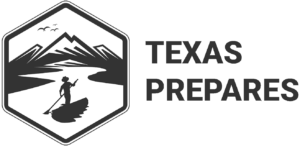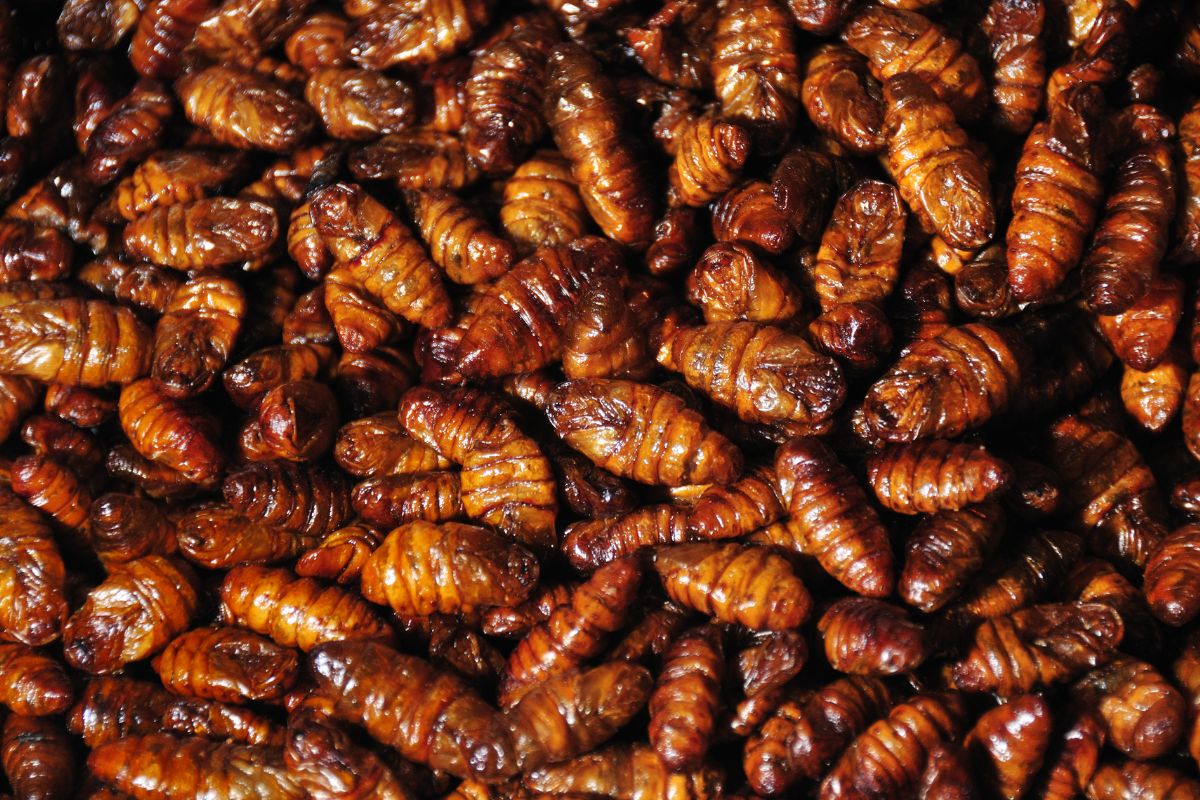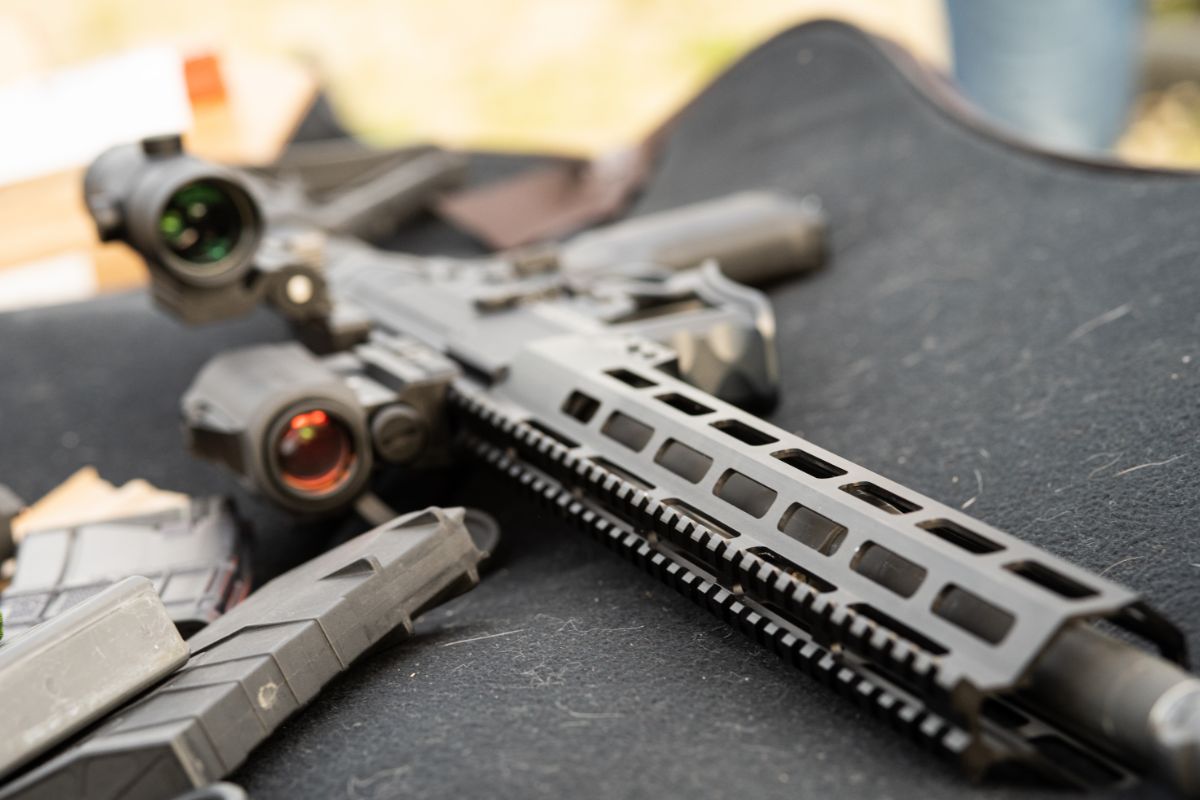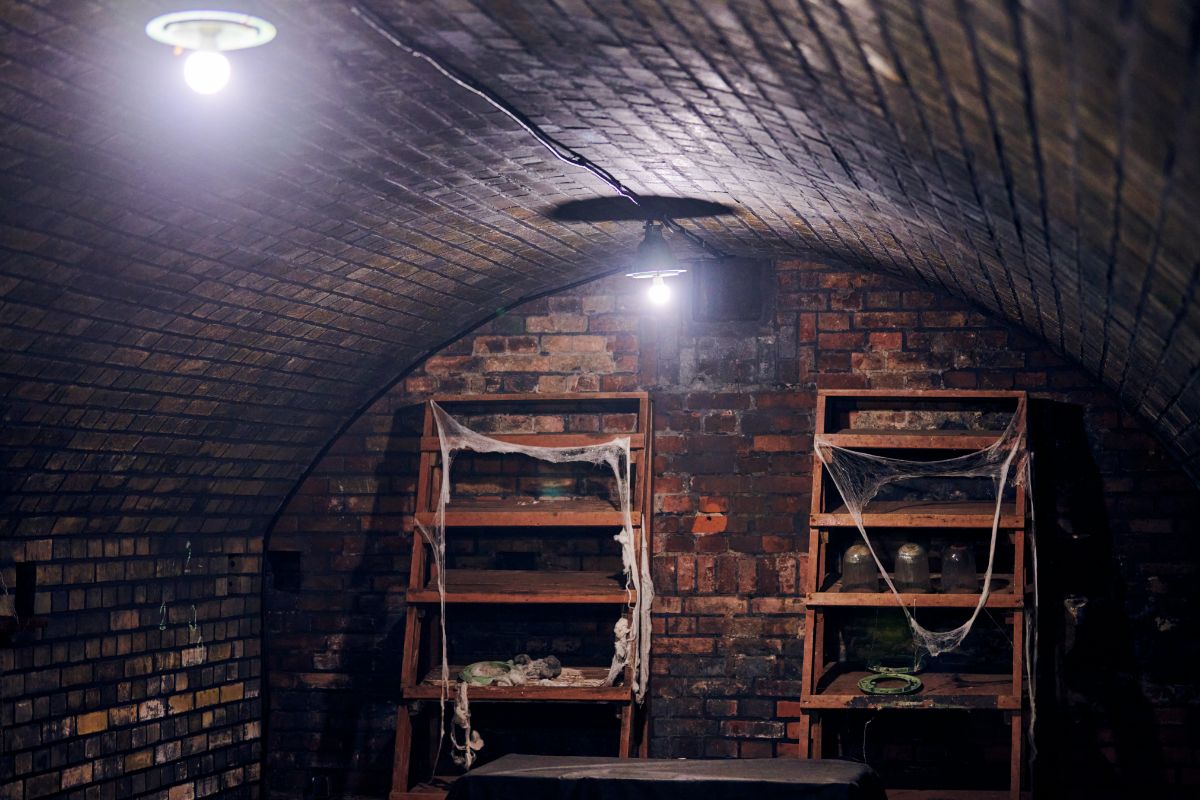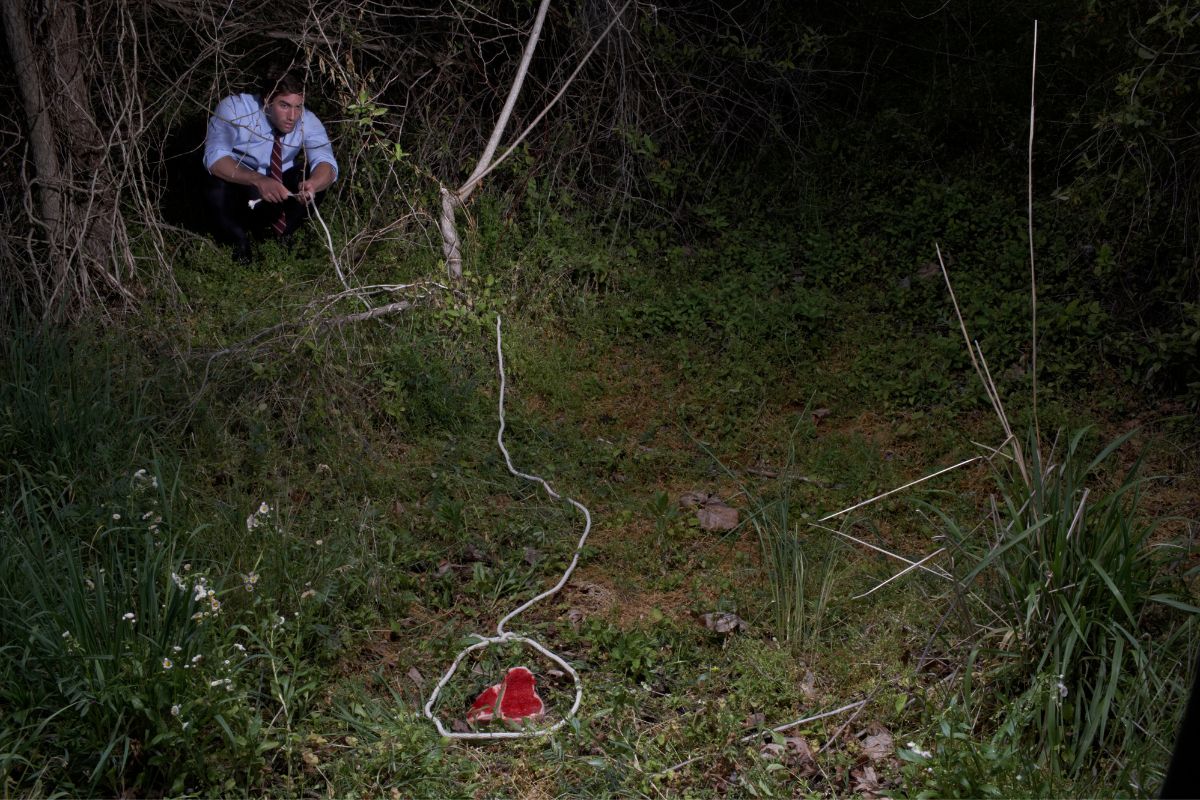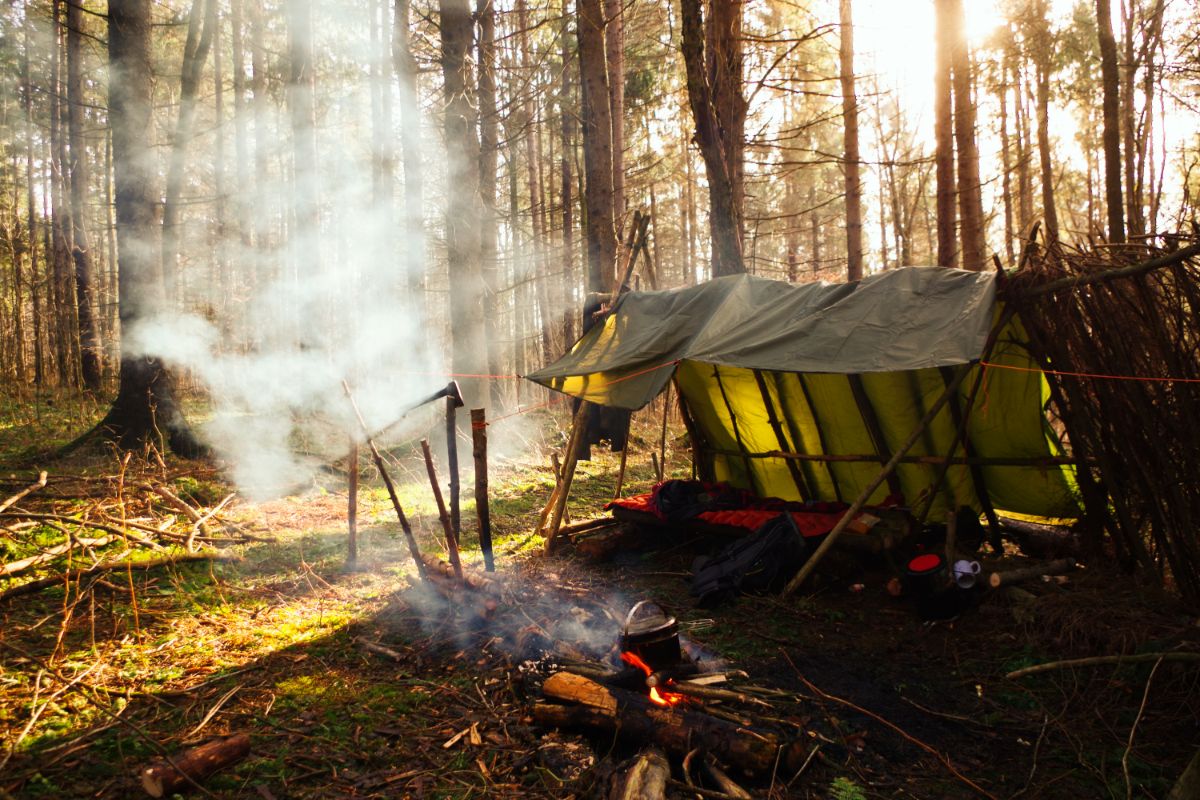Hurricanes and tornadoes are known for their fast and heavy winds and both can be detrimental to your safety, especially if they are right on top of you. Though they are very similar in what they are, there are actually quite a few differences between them.
So what exactly is the difference between a hurricane and a tornado? In this article, we’ll be going over everything you need to know about these fascinating phenomena and how you can tell the difference between them.
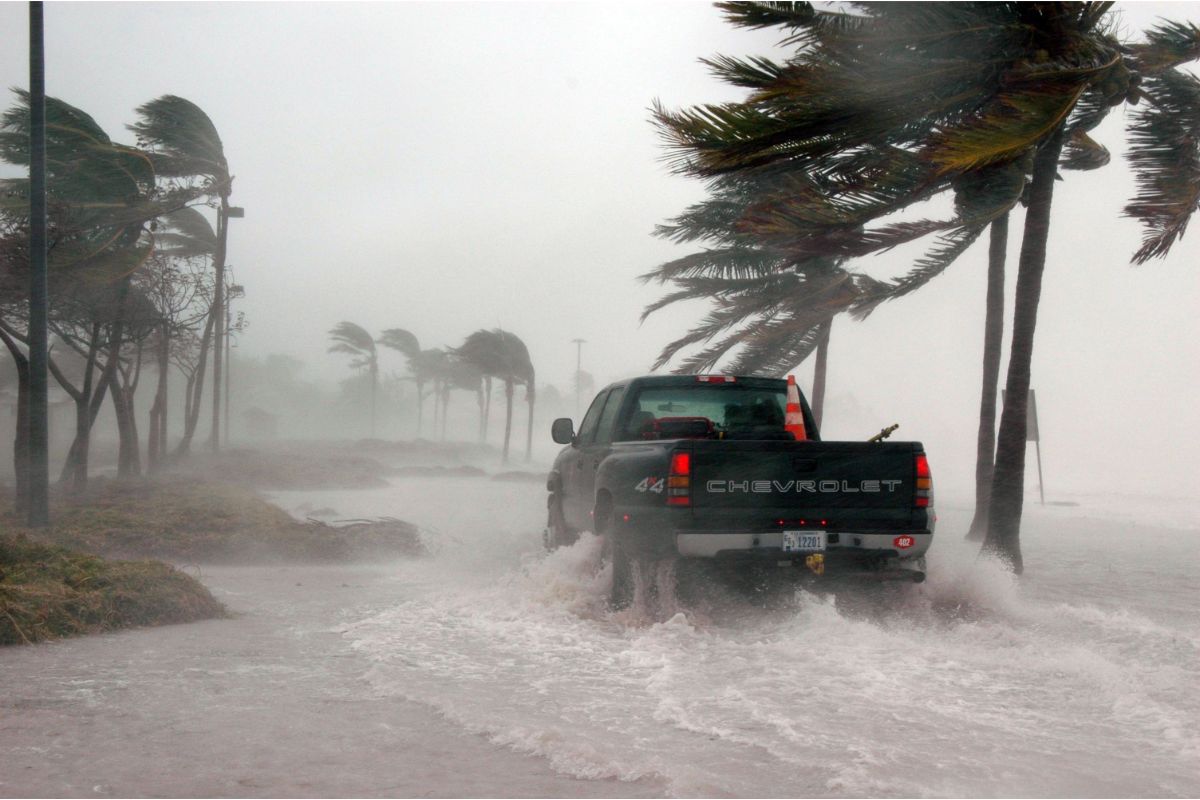
What Is The Difference Between A Hurricane And A Tornado?
The main difference between a hurricane and a tornado is the size. Tornadoes are quite small in comparison to hurricanes and hurricanes are absolutely massive.
They are characterized by their really strong and heavy winds, but they are quite literally huge storms.
Unlike hurricanes, which form on the water, tornadoes are exclusively found and formed on land. If you want to know what a tornado looks like, think of the 1996 movie “Twister”, and if you want to picture a hurricane, think of the 2004 movie “A Day After Tomorrow.”
Hurricanes are massive storms, but tornadoes a smaller singular wind vortexes. Just because tornadoes are smaller than hurricanes though, that doesn’t mean they can’t get big.
The largest tornadoes usually reach 3.2km in diameter, which is pretty massive in comparison to a human being! The largest hurricanes however can reach 482km in diameter, so that should definitely give you a good feel for how much bigger hurricanes are!
Another big difference between them is that hurricanes can last for a few days, or in some cases weeks, whereas most tornadoes only last for a couple of minutes or hours.
More About Hurricanes
Hurricanes usually develop in areas that are low in pressure in the atmosphere. This is what produces heavy rain and strong winds. Usually, they are referred to as tropical storms if the wind speeds are between 34 and 63 knots.
However, if the wind speeds exceed 63 knots, the tropical storm is dubbed a hurricane.
Hurricanes are only found in the Atlantic Ocean and the northeastern Pacific Ocean. Any hurricane-like storms that form in the northwestern Pacific Ocean are called typhoons.
There are five different types of hurricanes that are known as “categories”. Each category is based on wind speed. Here’s a brief look at each category:
- Category 1 has wind speeds of 74-95 mph (119-153 km/hr)
- Category 2 has wind speeds of 96-110 mph (154-177 km/hr)
- Category 3 has wind speeds of 111-129 mph (178-208 km/hr)
- Category 4 has wind speeds of 130-156 mph (209-251 km/hr)
- Category 5 has wind speeds of 157 mph (252 km/hr)
More About Tornadoes
Tornadoes are also known as twisters and are vertical funnels of rapidly spinning and violent air. They form during thunderstorms (Also check out What Is A T-Storm?) and usually come with a lot of hail.
The vertical funnels start in the thunderstorm clouds and descend down to the ground. The funnel appears quite rapidly and can be quite a shocking site if you’ve never seen one before.
Tornadoes can appear all around the world, but the US is a well-known hot spot where they occur.
There is an area in the US known as “Tornado Alley” that is a very active area for tornadoes and area can be found in the eastern state of South Dakota, Nebraska, Kansas, Oklahoma, northern Texas, and eastern Colorado.
Tornados mainly form when warm and humid air collides with cold and dry air. This is why thunderstorms are where they most commonly occur.
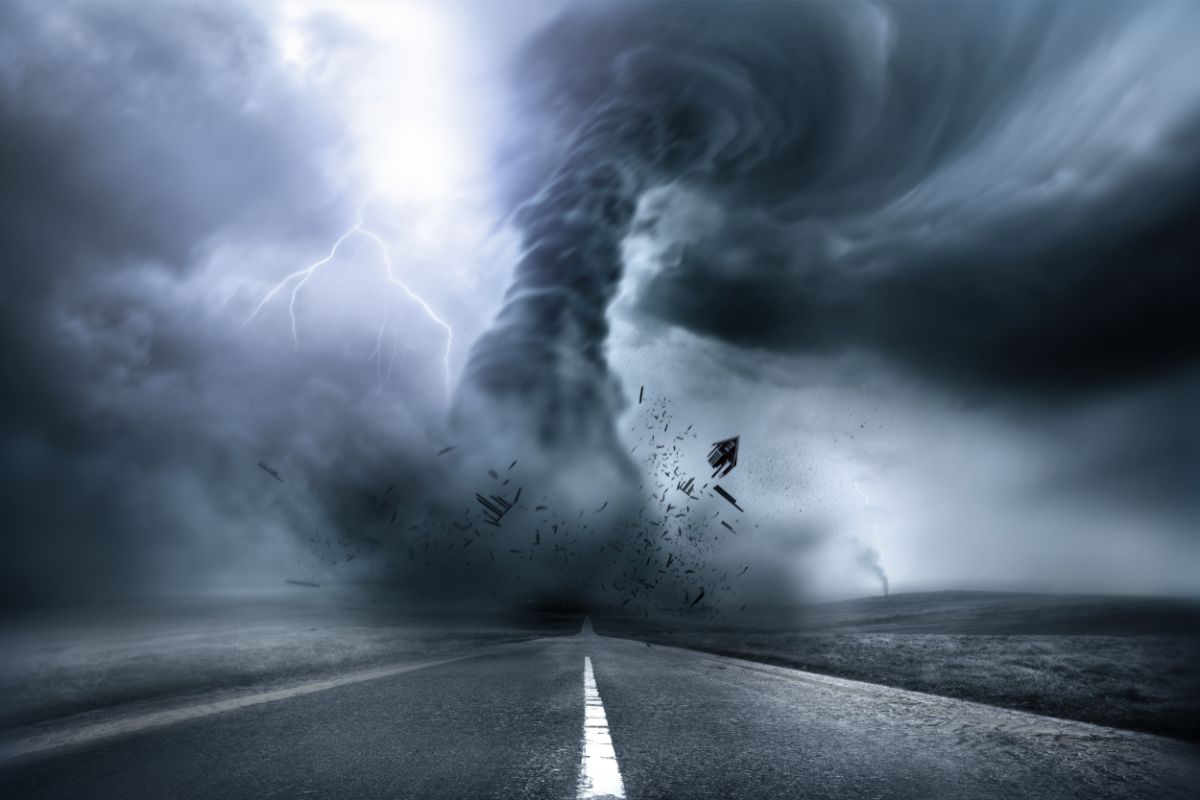
What Is A Cyclone?
We’ve briefly touched on the differences between a hurricane and a typhoon, so you might now be wondering what a cyclone is.
A cyclone is pretty much exactly the same as a hurricane, but instead of forming in and around the Atlantic Ocean, cyclones form in the South Pacific and Indian Oceans.
They are just as massive as hurricanes and their winds are just as strong but other than the name and geographical location, there is next to no difference between a cyclone and a hurricane.
Is There Anything Stronger Than A Hurricane?
There’s no Category 6 when it comes to hurricanes because regardless of how a Category 5 hurricane is going, just know that it’s extremely bad and dangerous.
That being said, it is generally accepted that typhoons are actually a bit stronger than hurricanes. The reason that typhoons are stronger than hurricanes has to do with the warmer water that is found in the Pacific Ocean, which is where typhoons are found.
The wind intensity of typhoons is also stronger than hurricanes. Although both are extremely similar, typhoons are generally worse to get caught in.
How Are Hurricanes Named?
As soon as a storm reaches wind speeds of 39 mph, they are given names as they are tracked. If these storms upgrade to hurricanes, they keep the original name they were given as storms.
The World Meteorological Organization (WMO) is in charge of giving hurricanes their names. They have a total of 6 lists that have 21 names, both male and female, and these lists are used in rotation every single year.
Each storm or hurricane usually follows an alphabetical order, so if the last storm started with the letter “A”, the next will start with the letter “B”. There are no hurricanes that use the letters Q, U, X, Y, or Z though.
Conclusion
At first glance, the differences between a hurricane and a tornado might be a bit confusing, but once you understand their geographical locations, what causes them, and of course their size, it’s much easier to understand the difference.
Always remember, tornadoes can only form over land, hurricanes usually always form over the ocean or sea. Hurricanes are massive in comparison to cyclones and usually last for days and weeks longer.
One big similarity between the two that you should always remember is that they are very dangerous, so avoid hurricanes and tornadoes as much as you can!
- How To Make A Quick And Easy DIY Toilet For Camping - September 19, 2022
- How To Use A Knife For Self Defense - September 19, 2022
- How To Help The Elderly Recover From A Disaster - September 19, 2022
